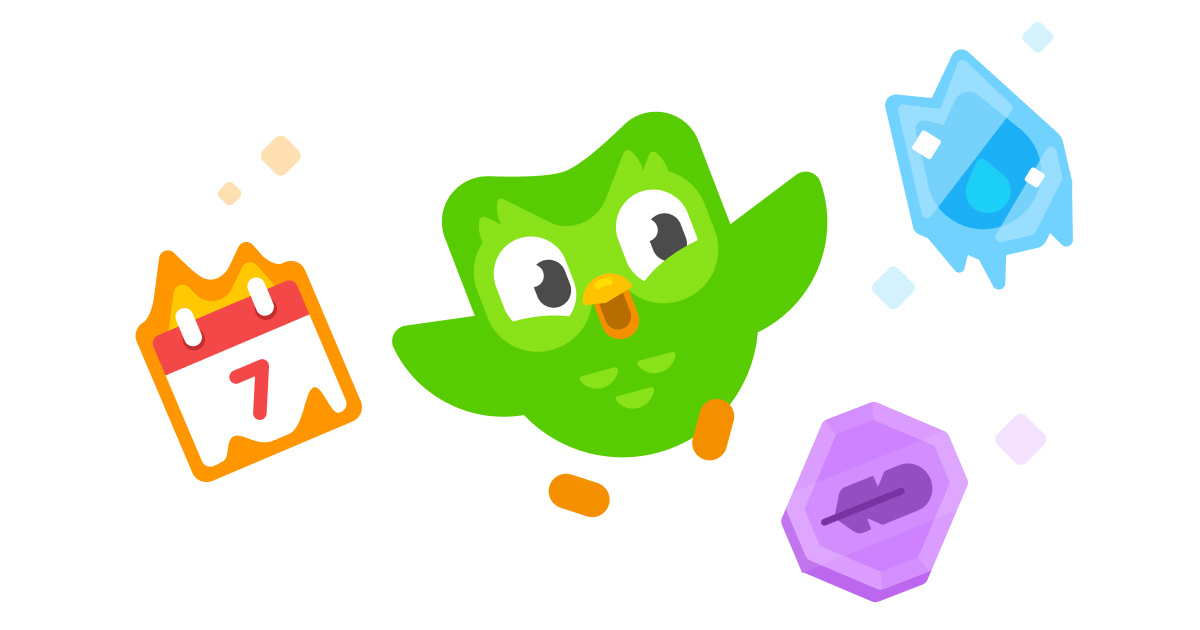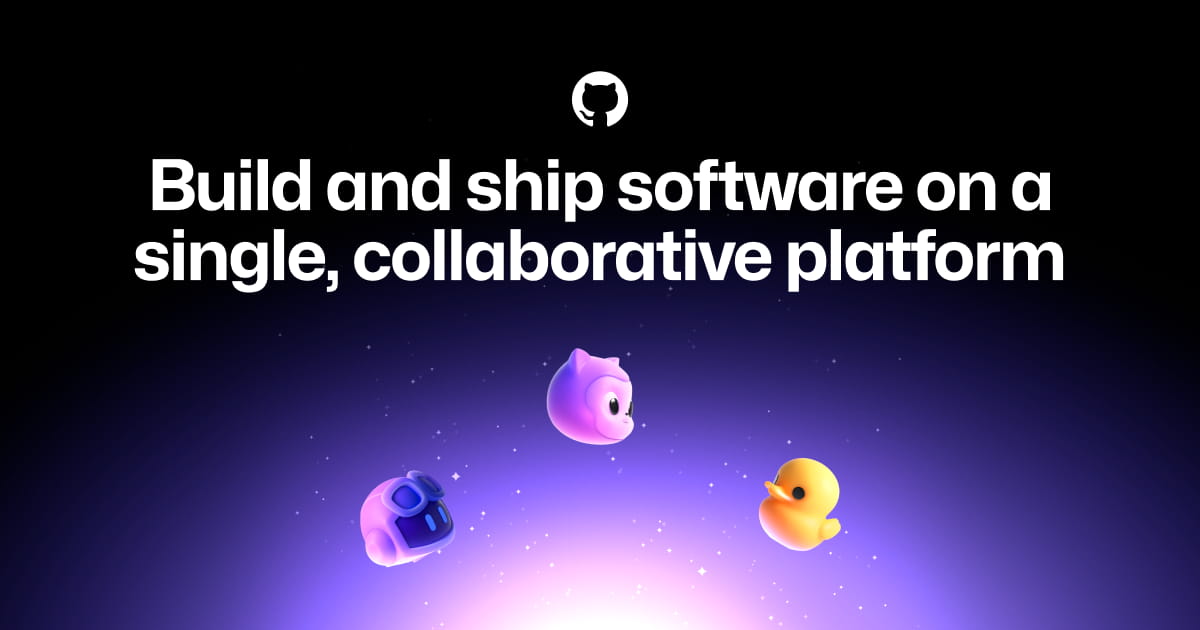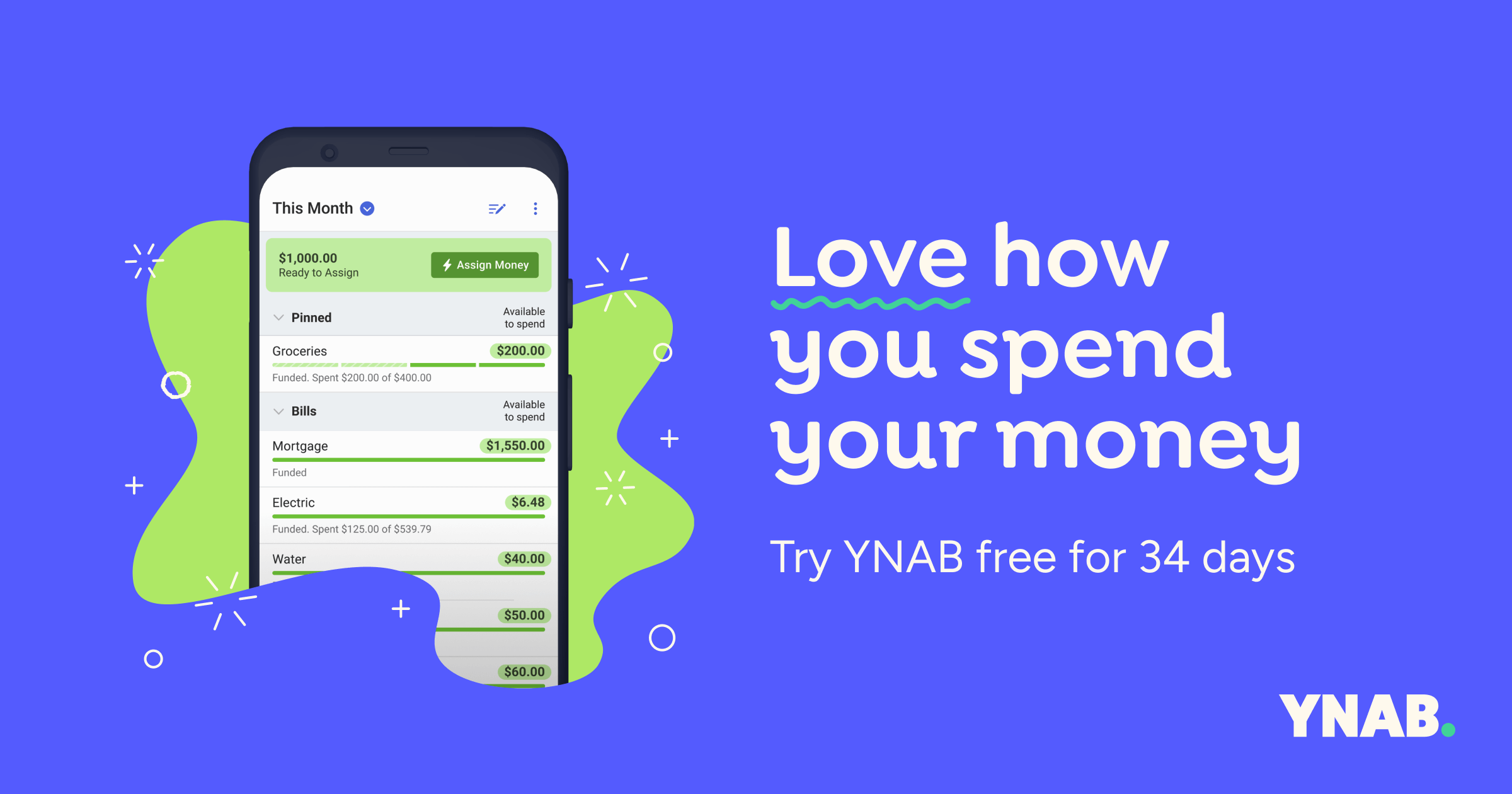10 Apps That Use The Progress Bars Feature for Gamification
 Jason Louro
Jason LouroThis post is part of a series on how gamification mechanics are used effectively in various types of consumer apps. You may find these gamification examples helpful if you are looking to incorporate gamification into your product strategy.
The Progress Bars Feature and Its Role in Gamification
Progress bars in gamification are visual indicators showing how close a user is to completing a goal or task. They are interesting because they provide a clear sense of accomplishment and motivation. Apps use them to visually represent progress, breaking down larger goals into smaller, manageable steps, which encourages continued engagement, improves user retention, and provides users with a sense of control and achievement. Now, without further ado, here are 10 apps that use the progress bars mechanic to delight and retain users.
10 Apps That Use The Progress Bars Feature for Gamification
Duolingo
Duolingo is a language-learning platform that uses gamification to motivate users to learn new languages through points, levels, and streaks.

Duolingo uses ProgressBars extensively to motivate learners and keep them engaged. After each lesson, a bar fills to show progress toward a daily XP goal, creating a tangible sense of accomplishment and encouraging users to continue learning. Longer-term progress is visualized through skill trees, where learners see how far they've progressed in a language and what lessons remain. The app uses progress bars to visually represent streak maintenance, reinforcing daily use and preventing users from breaking their learning habit. Bonus goals and achievements also have progress bars, creating short-term and long-term incentives to keep learners coming back. This visual feedback is important because it gives users a clear understanding of their efforts. By clearly showing progress and reinforcing positive behavior, these visual cues help keep users motivated and more likely to continue learning with Duolingo.
Coursera
Coursera provides online courses, certificates, and degrees from top universities and institutions. It often includes gamified elements.

The Coursera app utilizes ProgressBars extensively to visually represent a learner's advancement through courses and Specializations. These bars, often displayed prominently on the home screen and within course interfaces, immediately show students how far they've come and how much remains to be completed. This visual cue provides a clear and motivating indication of progress, triggering a sense of accomplishment and encouraging continued engagement. By breaking down complex coursework into smaller, trackable components, ProgressBars make learning feel less overwhelming. Users can see progress on individual assignments, modules, and even entire programs. This granular tracking provides a sense of control and direction, reducing the feeling of being lost in a vast amount of material. The immediate feedback also allows learners to identify areas where they might be lagging, prompting them to focus their efforts accordingly. Ultimately, Coursera's use of ProgressBars aims to increase course completion rates and improve user retention. By fostering a sense of accomplishment, providing clear direction, and encouraging consistent engagement, the feature contributes to a more rewarding and motivating learning experience, adding value to the user by increasing their likelihood of achieving their learning goals.
GitHub
GitHub uses a contribution graph to visualize users' coding activity, encouraging them to contribute more regularly to open source projects.

The GitHub app leverages ProgressBars to visually represent progress toward specific goals, enhancing user engagement and retention. For instance, a ProgressBar might track code review completion within a team, contribution activity, or issue resolution within a project. By providing clear visual feedback, users quickly understand their progress and are motivated to contribute further. This feature adds value by reducing uncertainty and providing a tangible sense of accomplishment. Users can easily see where they stand and what needs to be done to reach a target. Seeing visible progress encourages continued participation and reduces the likelihood of users abandoning projects due to perceived lack of movement. Ultimately, ProgressBars offer a direct, informative, and motivating element to the GitHub app. This increases user satisfaction and encourages them to return regularly, fostering a more active and productive development environment. This leads to a better understanding of current workload and helps them to estimate realistic deadlines.
Khan Academy
Khan Academy provides free educational resources and uses points, badges, and progress tracking to motivate users to learn various subjects.
Khan Academy uses progress bars extensively throughout its app to motivate learners and keep them engaged. These visual cues provide users with a clear understanding of how far they've come and what remains to be accomplished within a course, topic, or even a single exercise. By seeing tangible progress, students feel a sense of accomplishment, encouraging them to continue learning and improving their retention of information. Specifically, progress bars track the number of exercises completed, videos watched, or articles read. They contribute to a sense of gamification, turning learning into a challenge that learners are driven to overcome. The app provides different types of progress bars, some show progress within a specific section of a course and some show overall progress for the entire course, each serves the same purpose - to improve the feeling of moving forward and encourage continued learning. Ultimately, the integration of progress bars enhances the overall user experience by providing constant feedback, reinforcing positive behaviors, and reducing the feeling of being overwhelmed. They effectively communicate milestones and promote a sense of ownership over the learning journey, which increases the value users derive from the Khan Academy platform.
Simply Piano
Simply Piano offers personalized courses and uses gamified exercises to make learning piano fun and engaging. It provides instant feedback and adapts to your skill level.
Simply Piano leverages ProgressBars to clearly visualize a user's learning journey and achievements, which directly impacts engagement and retention. These bars track progress within individual lessons, courses, and overall skill development. Seeing a Progress Bar fill up offers immediate, positive reinforcement, motivating users to complete tasks and continue learning. The app uses visual cues within the ProgressBars, such as color changes or milestone markers, to highlight key achievements and upcoming challenges. By breaking down complex musical skills into manageable steps reflected in the ProgressBars, Simply Piano reduces the feeling of being overwhelmed. Users can easily understand how much they've accomplished and what's left to learn. This structure provides a sense of direction and control, encouraging consistent practice. The app also uses personalized ProgressBars based on individual learning speeds, allowing for realistic and attainable goals, thus improving user satisfaction and reducing frustration. Furthermore, the app often ties achievements to specific rewards or unlocking new content based on ProgressBar milestones. This gamified approach incentivizes users to actively engage with the app and dedicate more time to learning piano. The visible progress fosters a sense of accomplishment and encourages continued learning, which in turn strengthens long-term user retention.
Headspace
Headspace uses a progress system, badges and streaks to help users learn and practice meditation techniques to improve mindfulness.

Headspace effectively uses progress bars to boost user engagement and retention. Within individual meditation sessions, progress bars visually display how much time remains, providing a clear sense of accomplishment as users approach the end. This immediate feedback encourages users to complete the session and build consistency. Beyond single sessions, Headspace uses progress bars to track progress in Courses and Packs. Seeing a visual representation of their advancement through a series of meditations motivates users to continue and ultimately complete the entire program. This fosters a feeling of achievement and encourages further exploration of the app's content. The app also integrates progress bars to show progress towards streaks and mindfulness minutes accumulated. These cumulative progress trackers highlight long-term achievements and encourage users to maintain their meditation habit over time. By visualizing progress, Headspace provides a tangible sense of value and motivates users to stay engaged with the platform.
MyFitnessPal
MyFitnessPal tracks calorie intake and exercise, offering personalized goals and rewards to help users achieve weight loss and fitness milestones.
MyFitnessPal strategically employs progress bars to boost user engagement and retention. The app visually represents users' daily progress toward goals for calorie intake, macronutrient ratios, and exercise completion. These progress bars act as immediate feedback mechanisms, offering a clear snapshot of how close users are to achieving their objectives. Seeing a bar gradually fill up motivates users to complete logging their meals and activities, driving consistent app usage. The progress bar system adds value by providing a sense of accomplishment and control. It simplifies complex nutritional information into an easily digestible visual format. This eliminates the need for tedious calculations and empowers users to make informed decisions about their food choices and exercise routines. Ultimately, the progress bars in MyFitnessPal gamify the process of tracking health and fitness. They provide a tangible representation of progress that encourages users to stay on track, achieve their goals, and return to the app regularly. This drives long-term engagement and enhances the overall user experience, increasing retention.
YNAB
YNAB (You Need a Budget) is a budgeting software that uses rules and education to help people gain control of their money. Although not directly gamified, it promotes engagement through its methodology and community.

YNAB (You Need a Budget) strategically employs progress bars to improve user engagement and retention by visualizing progress toward financial goals. For example, the "Spending Target" progress bar shows how close users are to reaching their allocated spending limit for a specific category, like groceries. This visual feedback helps users understand their spending habits in real-time, making them more aware of their budget adherence. These progress bars provide a constant reminder and a sense of accomplishment as they fill up (or stay low, indicating smart budgeting). This visual cue triggers a dopamine response, encouraging users to stay within their budget and ultimately build better money management habits. Moreover, YNAB uses progress bars in goal tracking. Users can set savings goals, like a down payment for a house, and the progress bar displays the journey toward that goal, visually representing progress and acting as a motivator. By clearly showing how far users have come and how much further they need to go, YNAB makes financial goals feel attainable and manageable. This fosters a sense of control over their finances, increasing the likelihood that users will continue using the app and achieving their financial objectives. The constant visual feedback provided by progress bars actively improves user experience, value, and retention.
Yousician
Yousician is a music education platform that offers interactive lessons for guitar, piano, ukulele, bass, and singing. It uses gamification to track progress and motivate users.

Yousician effectively uses ProgressBars to enhance user engagement and retention. Throughout the app, ProgressBars visually represent a user's advancement in learning songs, mastering skills, and completing courses. This provides immediate feedback and a clear sense of accomplishment as users practice and improve. The app employs various types of ProgressBars. Some track the accuracy of a user's performance in real-time, motivating them to improve on the current attempt. Others represent the completion of a lesson, level, or entire course. Seeing the ProgressBars fill up provides a tangible goal and reinforces positive learning behavior, encouraging users to continue practicing. By providing visual representations of progress, Yousician turns music learning into a game-like experience. Users are motivated to "level up" and see the ProgressBars reach completion, leading to increased engagement and a higher likelihood of continued use, ultimately retaining users and adding value to their learning journey.
Nike Run Club
Nike Run Club tracks runs and provides challenges, badges, and leaderboards to encourage users to achieve their fitness goals and compete with friends.

The Nike Run Club (NRC) app strategically uses ProgressBars to motivate users and keep them engaged. These bars visually represent a runner's progress towards specific goals, such as monthly mileage targets, total lifetime kilometers run, or achievements related to guided runs. Seeing the bar fill up provides immediate feedback and a sense of accomplishment, driving users to continue running. NRC uses ProgressBars for various challenges and milestones, reinforcing positive running behaviors. By clearly visualizing advancement, the app encourages users to set and achieve personal records. The visual progress also serves as a constant reminder of their commitment to running and the progress they've already made. Ultimately, the ProgressBars contribute to higher retention rates within NRC. By offering a tangible sense of achievement and consistent visual motivation, the app encourages consistent use. The app's success relies on this visual feature to keeps users motivated to track their progress and set more aggressive goals, as well as keeps users in the Nike ecosystem to purchase additional athletic gear.
Conclusion
These are just a few examples of how progress bars can be used as a gamification mechanic to improve consumer apps and platforms. We hope you found these examples inspiring and that they help you think about how you can incorporate gamification into your own product strategy.
If you're looking to build gamification into your app or platform, we encourage you to check out Trophy, a set of APIs and tools that make it easy.
Add gamification and retain your users
Trophy provides APIs and toolkits for adding gamification features to your app. If these examples have resonated with you, you'll want to give it a try.
Trophy is gamification infrastructure that retains users.
Gamification infrastructure that retains users.
Gamification APIs for web and mobile
Free up to 100 users. No CC required.
Get updates
Stay in the loop with all things gamification.